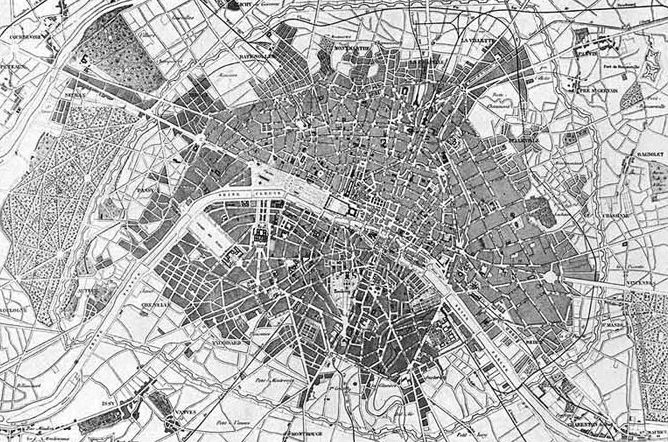 I am in Washington D.C. these days, where one can see a few examples of “Second Empire style” architecture, most notably the Old Executive Office Building.
I am in Washington D.C. these days, where one can see a few examples of “Second Empire style” architecture, most notably the Old Executive Office Building.
The “Second Empire style” enjoyed a great vogue in the U.S. in the 1860s and 1870s before becoming reviled. I understand that there was a similar enthusiasm in Melbourne, Australia and I know there are examples of the style in Montreal, Ottawa and Toronto, Canada.
I can well imagine that the images of the expanded Louvre, opened in 1857, and of the façade of the new Opéra de Paris, unveiled to the public during the World Exhibition of 1867, travelled around the world and caught the eye of architects looking for stylistic inspiration. As an aside, and as readers of my book will see, it is worth knowing that these stylistic devices did not even come close to characterizing the architectural production of the Second Empire years, which had a number of other, very different strands.
The part of all this that interests me the most is how very successful Second Empire France was at establishing itself as the reference of taste. In the 1870s, it seems, refinement was defined as all things French, not just in architecture, but in all facets of the art de vivre. Part of this, no doubt, is related to the sudden opening up of travel to France to whole American families in the 1850s and 1860s due to steam ships. It is clear that the French thought highly enough of themselves to proclaim their own superiority, as one can see from the commentary to the artistic part of the 1867 World Exhibition. And there is no doubt that there was a concerted effort to project French greatness as part of Napoleon III’s political and diplomatic program. Still, the success of these efforts and the impact they had so very far from the French shores is impressive.










